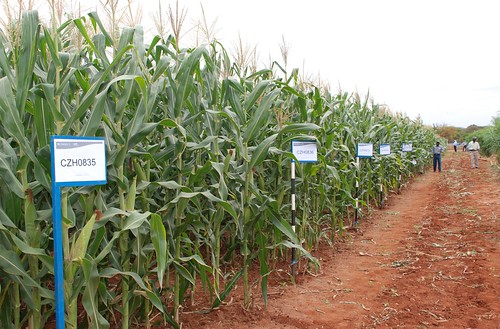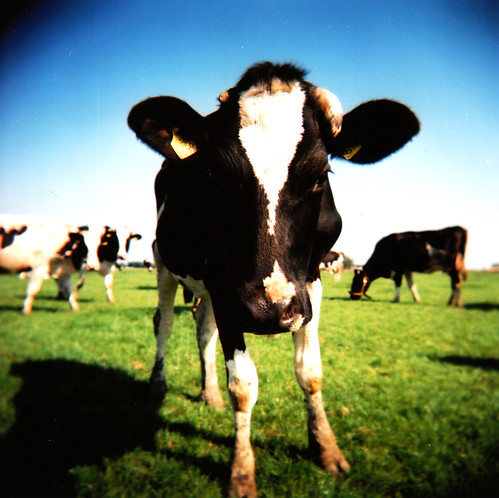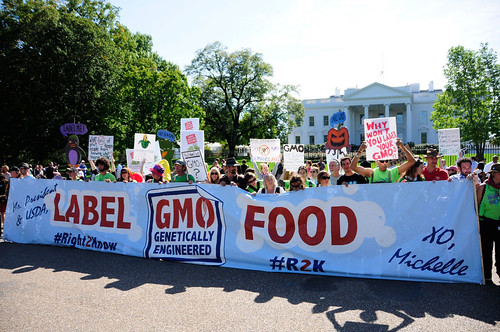 |
| Drought-tolerant non-GM maize in Kenya. Photo by CIMMYT on Flickr |
In summer 2012, the arrival was
announced of “the holy grail of seed companies, drought-tolerant
corn,”. Farmers in Iowa, who are suffering their first major water
shortage in 24 years, were shown the “latest gee-whiz addition to
seed offerings” to help them beat the drought.
Monsanto was plugging its 'DroughtGard'
GM corn, which it plans to have on the market by next year.
Authorisation has already been given for the GM corn by the US
government, but to sell its “exciting technology” on the global
market, approval is still needed in several key countries. The
Company expects DroughtGard to yield 5 to 10 percent above normal in
dry areas.
Earlier in the year, GM-concern group,
the Union of Concerned Scientists (UCS), produced a report detailing
“Why Genetic Engineering Is Not Solving Agriculture's Drought
Problem in a Thirsty World”.



